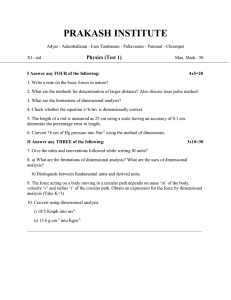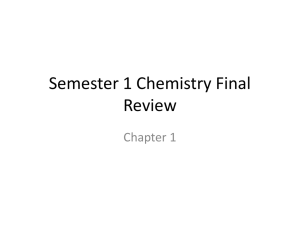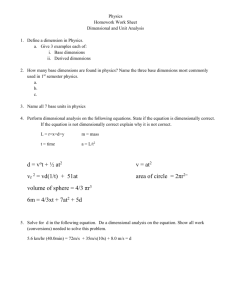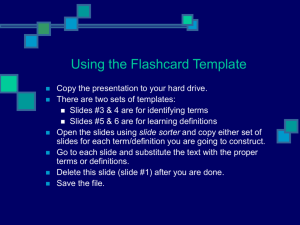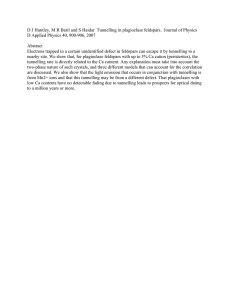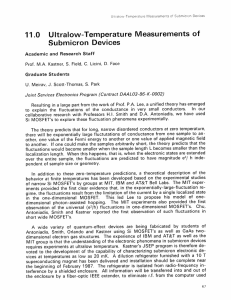Disordered Systems 11. 11.1
advertisement
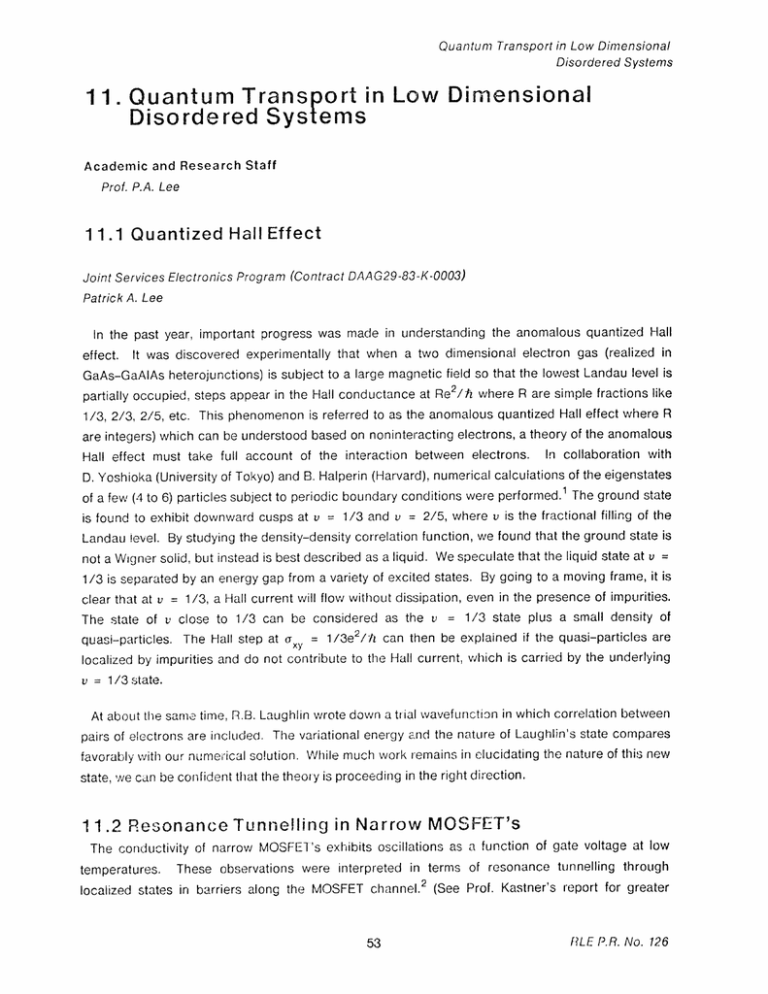
Quantum Transport in Low Dimensional Disordered Systems 11. Quantum Transport in Low Dimensional Disordered Systems Academic and Research Staff Prof. P.A. Lee 11.1 Quantized Hall Effect Joint Services Electronics Program (Contract DAAG29-83-K-0003) Patrick A. Lee In the past year, important progress was made in understanding the anomalous quantized Hall effect. It was discovered experimentally that when a two dimensional electron gas (realized in GaAs-GaAIAs heterojunctions) is subject to a large magnetic field so that the lowest Landau level is 2 partially occupied, steps appear in the Hall conductance at Re /h where R are simple fractions like 1/3, 2/3, 2/5, etc. This phenomenon is referred to as the anomalous quantized Hall effect where R are integers) which can be understood based on noninteracting electrons, a theory of the anomalous Hall effect must take full account of the interaction between electrons. In collaboration with D. Yoshioka (University of Tokyo) and B. Halperin (Harvard), numerical calculations of the eigenstates 1 of a few (4 to 6) particles subject to periodic boundary conditions were performed. The ground state is found to exhibit downward cusps at v = 1/3 and v = 2/5, where v is the fractional filling of the Landau level. By studying the density-density correlation function, we found that the ground state is not a Wigner solid, but instead is best described as a liquid. We speculate that the liquid state at v = 1/3 is separated by an energy gap from a variety of excited states. By going to a moving frame, it is clear that at v = 1/3, a Hall current will flow without dissipation, even in the presence of impurities. The state of v close to 1/3 can be considered as the v = 1/3 state plus a small density of ,rxy= 1/3e2/h can then be explained if the quasi-particles are quasi-particles. The Hall step at localized by impurities and do not contribute to the Hall current, which is carried by the underlying v = 1/3 state. At about the same time, R.B. Laughlin wrote down a trial wavefunction in which correlation between pairs of electrons are included. The variational energy and the nature of Laughlin's state compares favorably with our numerical solution. While much work remains in elucidating the nature of this new state, we can be confident that the theory is proceeding in the right direction. 11.2 Resonance Tunnelling in Narrow MOSFET's The conductivity of narrow MOSFET's exhibits oscillations as a function of gate voltage at low temperatures. These observations were interpreted in terms of resonance tunnelling through 2 localized states in barriers along the MOSFET channel. (See Prof. Kastner's report for greater RLE P.R. No. 126 Quantum Transport in Low Dimensional Disordered Systems details). Further theoretical work is in progress towards understanding the effect of time dependent fluctuations on the resonance tunnelling phenomenon. References 1. D. Yoshioka, B.I. Halperin, and P.A. Lee, Phys. Rev. Lett. 50, 1219 (1983). 2. R.F. Kwasnick, M.A. Kastner, J. Melngailis, and P.A. Lee, Phys. Rev. Lett. 52, 224 (194). RLE P.R. No. 126 54
